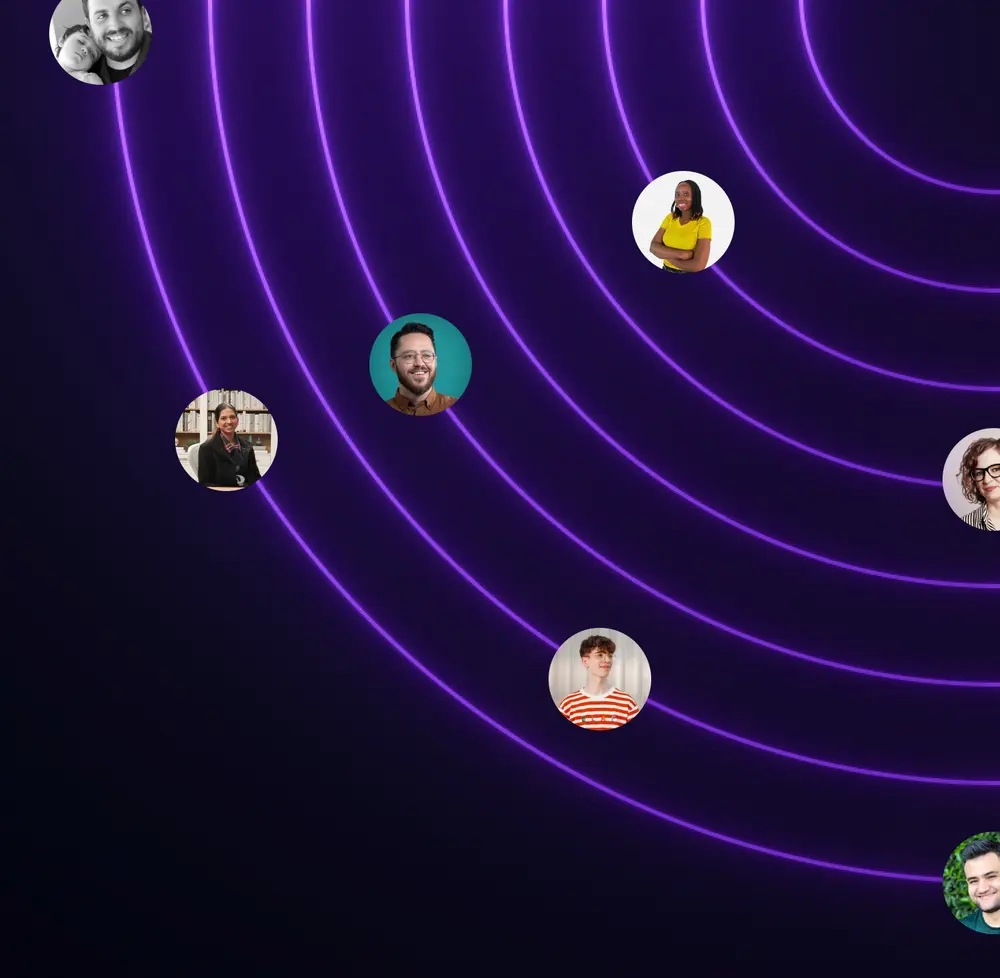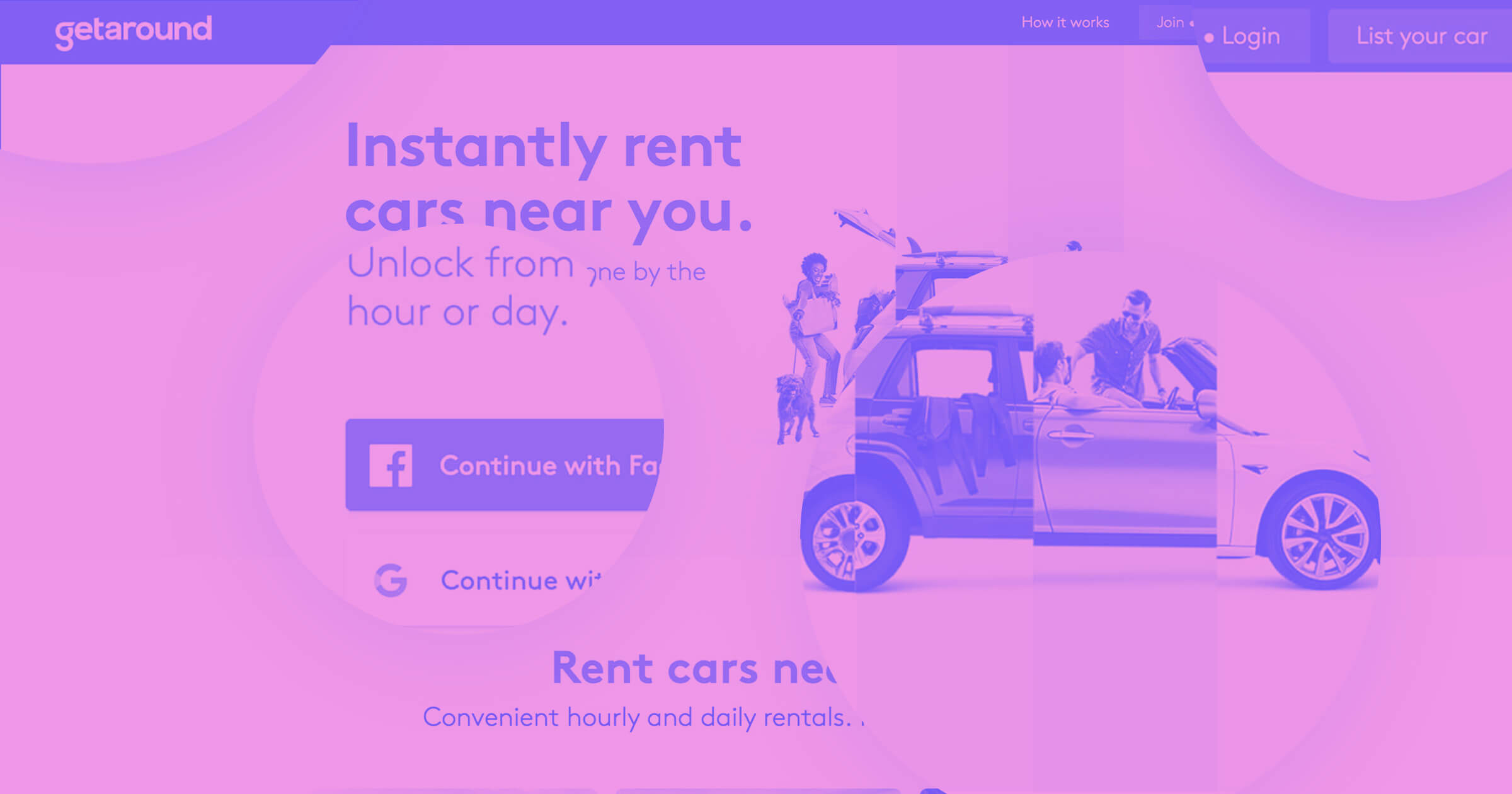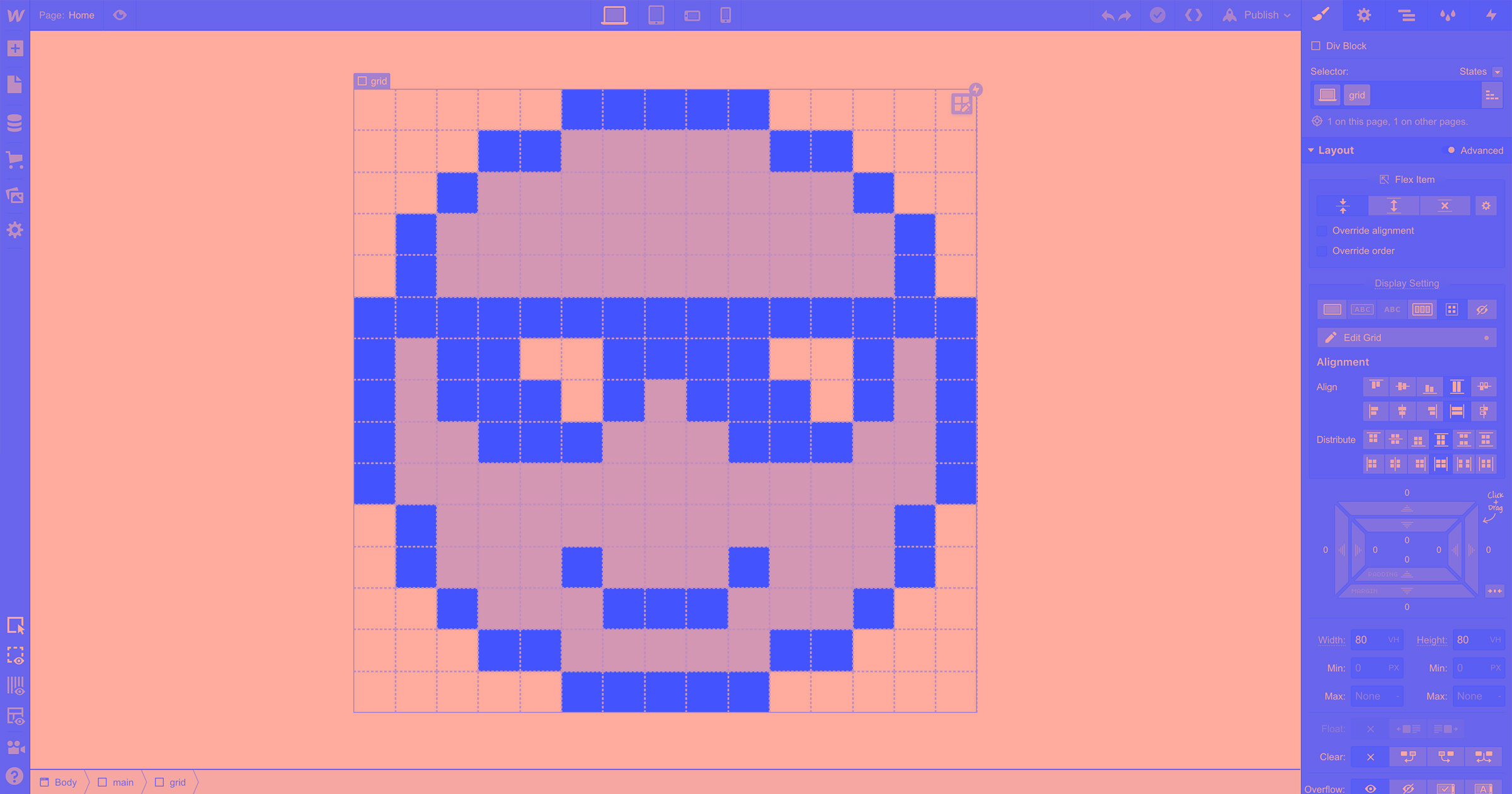API (Asian and Pacific Islander) Month takes place each May.
In celebration, members of Webflow’s Asian employee resource group (ERG), Asians@Webflow, will share stories of heritage and community and explore ways that allies can amplify the voices of the API community. They also highlight the spaces within Webflow and in their day-to-day lives that empower and celebrate their identity.
What bits of your culture and community have brought you joy in recent months?
Haelin: I’ve been watching a lot of Studio Ghibli movies recently. A lot of their storylines, characters, and colors are quintessentially East Asian, and it reminds me of home and memories that I never really experienced but feel connected to. In the late 1990s and early 2000s, these movies were less mainstream. Still, many of the classics from the studio were special to me growing up because my relationship with them was uniquely tied to my identity and that of my parents.
Andrew: Our Asian community at Webflow has grown a lot in recent months, with the help of our ERG’s leadership. It’s been amazing to see that growth.
Derrick: I love following @jackfruit @growingupviet and @asianswithattitudes on Instagram. Not only are they entertaining, but they keep me informed with their anti-racism content. Especially during quarantine, these creators have made me more aware of social justice issues and actions that I can take.
RR: This Disney short-film, From Our Family to Yours (representing my country, Philippines,) my people, and of course, Korean BBQ!
Katie: While not distinctly Asian, the Netflix movie Finding Ohana was a cute Goonies-like, adventure-style movie that portrayed Hawai'i culture in a relatable way.
Jenn: I recently went to Friends Indeed gallery in San Francisco. The artist, Jiab Prachakul, is self-taught and has been pushing to increase representation of Asians in portraiture through her work. There was one painting in particular,"Stand by," that I kept texting photos of to my friends and family and asking them playfully, "does this look like me?” because of how represented I felt by her incredible paintings. I also blasted music by Japanese Breakfast loudly for a couple of mornings to help cope after the Atlanta news hit. I'm excited for their new album and to read the lead singer Michelle Zuner’s debut memoir, Crying in H Mart. Otherwise, I'm constantly re-reading Jenny Zhang’s Sour Heart and Ocean Vuong’s poems over and over again.
How has your community shown up for you in recent months? How have you held space for each other? Who have you looked to for safety, for solidarity, for guidance?
Anna: Living in a rural area with minimal racial diversity, my main community has been Asians@Webflow. It’s been amazing to attend virtual healing sessions, seminars, and coffee chats where we can openly reflect on our grief and challenges. For me, being able to share our stories and feel heard by others in the group has been incredibly therapeutic. We’ve been able to be open, expressive, emotional, and discuss topics that we didn’t feel comfortable talking about with others before.
Haelin: I've been following a lot more Asian American activists and content creators (Michelle Kim,Amanda Nguyễn, ALOK) on social media recently. Sharing their content has created an opportunity for me to hold meaningful — and oftentimes uncomfortable — conversations with not only my Asian friends, but also my non-Asian friends at home and at work as we all grapple with multiple layers of internalized racism within my community and the trauma that comes with it.
Andrew: Our ERG has facilitated hangouts, created safe spaces to process recent tragic events, and planned activities for the API Heritage Month 2021. These activities include a keynote address on Celebrating Asian America, a self-care day, and much more.
Derrick: I’m part of the Chinatown Safety Patrol in the Bay Area, and it’s been great to see the group growing every week. This group has been my grace for solidarity and for making an immediate, meaningful impact in my community.
How has your personal journey of celebrating and creating visibility around your identity and heritage been like for you so far?
Katie: I have always been very proud of my culture. Between the ages of 3 and 18, I studied traditional Japanese dance (Nihon-buyō) and shamisen (three-stringed instrument). I would also volunteer at a local Shinto shrine on certain holidays, such as New Year. Because my family is heavily involved with the traditional Japanese arts community in Hawai'i, I had a lot of exposure to some elements of Japanese culture that even Japanese citizens sometimes do not get to experience. Developing an appreciation for my culture from a young age has helped me in coping with anti-Asian racism sentiments I have had to deal with since moving to the mainland US.
Andrew: I'm Korean by birth and national origin, but was raised (mostly) in the United States as an adoptee. Recently, I’ve connected with other networks of adoptees, and a lot of their stories echo my own. As a kid, many of my Asian friends considered me exclusively American, but many of my American friends considered me distinctively Asian. As someone who is arguably both, but perhaps wholly neither, there's a paradox between my self-identity and the way others perceive me.
I am Korean-American, although this may look different for me than for others. I have experienced racial violence for being Asian. And I have also been excluded for being unable to speak Korean fluently or share in other cultural ties. I don't know if others identify me as Asian, American, both, or neither. I don't know if I will ever have a country or place that I can call home. And I'm okay with that.
My journey has fundamentally shaped my understanding of diversity. It's helped me to understand the value of acceptance and belonging. I've learned to view things from a wide angle, to better appreciate the experiences and perspectives of others. I know that each of us is unique, and that every person has amazing talents to share and challenging obstacles to overcome, and it's much easier to do it with friends, family, and a supportive community of peers.
My hope is that I can help others feel like they belong in this world, and that I can help others celebrate the things that make them uniquely awesome.
RR: Being an immigrant from the Philippines, there was a point in my teenage years when I was ashamed and critical of my nationality and my heritage. As I've grown older and now have children of my own, I've come to want them to grow up learning about and being proud of their culture.
Claire: Calling myself Asian hasn't ever been something I've said easily. Even though I'm arguably more American on my Chinese-American mother's side than my Scottish-American father's, I couldn't help but feel disingenuous in calling myself Asian without pause. When I was asked, "But which one are you more of?" so often as a kid, I felt annoyed, as if 50% could gain an extra percentage with a bit more effort.
But ironically, I did try to put in the effort. I studied Mandarin in school, lived in Hong Kong, and attempted to recreate my mom's cooking (that she refuses to write down). Over the years though, I've broken away from how I think an Asian American should be, in part because I've gotten to hear from so many diverse voices, all identifying in some their own ways to the Asian term.
It's a silver lining of the anti-Asian violence that's been getting more attention recently. This stereotypically meek, submissive minority is getting louder and celebrating our stories of shared and varied experiences.
Anna: I felt the need to hide the Asian side of my identity in most parts of my everyday, up until recently. But when I was in college, I had the opportunity to help start a Filipino-American Student group called Barkada. I was also the student representative during former president of the Philippines Fidel Ramos’s visit to the campus. It was such an honor for me to participate in the event — I even gave an opening speech. Today, now attend the Ethnic Food Fair at my church every year to share Filipino food with my local community. As I continue to learn to embrace my Asian identity everyday, I feel much more empowered to be me, to be open, and to address issues that I feel connected to.



















Join the global Webflow Community
Connect and build with 85,000+ community members around the world — whether you're new to Webflow or a seasoned designer, there's a place for you.
How has your identity impacted your experiences in tech, in the design space, at Webflow?
Haelin: I’ve been in tech for just over six months, so I’m pretty new to this space. Overall, seeing other Asian-identifying co-workers at Webflow has allowed me to feel psychologically safe and empowered to continue advocating for the space that we are holding for each other.
Katie: Growing up at the intersection of being Japanese and a woman, I was taught that it is more valuable to be humble, and that people will recognize your work if you do it well. After entering the tech industry, I quickly learned that the display of humility isn’t how most get ahead,. It’s been a long process of trying to unlearn the assumption that asking for more is synonymous to being selfish. I am still learning how to make my work visible and be more assertive.
Anna: Joining Webflow has given me the opportunity to explore my identity in a way I never had the freedom and opportunity to do before. Instead of trying to hide part of who I was and conform to the thoughts and behaviors of others around me, at Webflow, I’m able to embrace a part of me that I was so afraid of sharing before.
Andrew: As part of our globally-distributed Customer Support Team, I get to work with people around the world every single day. It’s awesome to learn about the experiences of others and celebrate the diversity of our team.
Reflecting on your lived experiences so far, what could others do to show solidarity and continue their allyship work with the Asian community?
Haelin: Understand the complexity of the Pan-Asian American diaspora and acknowledge that every racial and ethnic group requires different kinds of anti-racism efforts. For our Asian community, allyship starts with validating our unique experiences of racial violence and giving visibility to the space that we currently occupy in the US history, politics, and social justice movements.
Katie: Allyship begins with acknowledging that Asians aren’t a monolith. And treating us as such is a way of over-simplifying our identities and erasing all of our varied experiences and beautiful cultures.
Anna: Encourage others to recognize that these events, although not directly aimed at me, still have an impact on how I navigate my life. Although some of the acts of violence we see today are far removed from where I am geographically?, I’m still aware that there are people out there who can do harm to me or my family solely because of our identities. As we experience this type of trauma, any show of support is appreciated and encouraged.
Claire: Steven Yeun’s quote on the Asian American experience really resonated with me: “Sometimes I wonder if the Asian American experience is what it’s like when you’re thinking about everyone else, but nobody else is thinking about you.” So simply, think about us. Do the work to push back on stereotypes and biases, even seemingly positive, about Asians. Understand how and why the model minority myth came about. Remember that no one but white supremacy wins when you play the oppression Olympics. Learn about and celebrate the incredible diversity of Asia and its 40+ countries. And please, please don’t ask us where we’re from. No, but really.
































